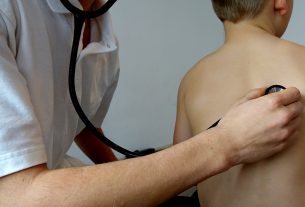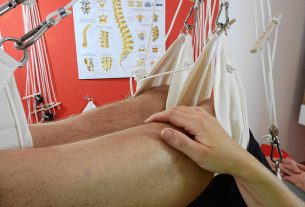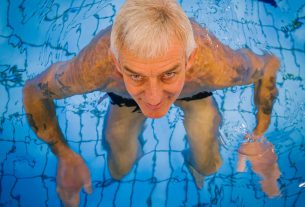Two areas of physical therapy are Geriatric physical therapy and Neurological physical therapy. Geriatrics focus on the conditions that affect many people as they grow older – arthritis, osteoporosis, cancer, Alzheimer’s disease, hip and joint replacement, balance disorders, incontinence, Parkinson’s and more. Neurological PT focus on individuals who have a neurological disorder or disease – ALS, brain injury, cerebral palsy, Alzheimer’s disease, multiple sclerosis, spinal cord injury, stroke, and Parkinson’s Disease – again – a major predicament for therapists, such an immense challenge it could be separate discipline – Parkinson’s Disease Physical Therapy.
Parkinson’s Disease Physical Therapy has been nobly shouldering the development of specialized programs to help restore mobility, reduce pain, increase fitness levels. Parkinson’s Disease Physical Therapy works with patients to improve their areas of dysfunction – paralysis, vision impairment, poor balance, inability to ambulate, and loss of functional independence.
The benefit of physical therapy and general forms of exercise in Parkinson’s disease patients has been recognized for years. These days, one of the most exciting areas in rehabilitation science is the continuing of the intervention of Parkinson’s Disease Physical Therapy in advocating symptomatic relief, improved function and the general benefits of improved muscle strength, aerobic fitness, and balance for their patients, plus also driving the limits in setting their exercise parameters into an intensified level to challenge impaired systems, promote recovery, and eventually to modulate the progression of the disease on the patients.
More and more, individuals with Parkinson’s disease are expected to benefit from treadmill training wherein their walking behavior is driven more automatically and at significantly higher intensities. Increasingly more exercise research in Parkinson’s Disease Physical Therapy is investigating the effect of challenging, highly intensive exercise on the brain and functional improvement of their patients.
Over the last 15 years has been the recognition that the brain’s capacity for recovery from injury is far greater than previously thought. Current studies being made on the correlation of physical exercise and its effect on the brain have been a spark of hope for patients as well as practitioners of Parkinson’s Disease Physical Therapy. An entire team in a Parkinson’s Disease Physical Therapy ward are encouraged ever more to give their patients longer mobility and agility in their life, packaged with a full support system to hearten the patients in the long life waiting for them. With a ‘move it or lose it motto’, Parkinson’s disease therapists may just find that winning their play may only take exercising to delay.





